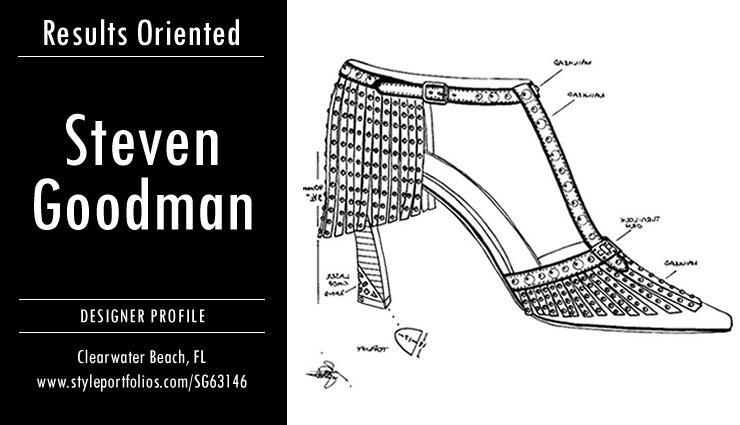
Designer Profile – Steven Goodman

What should everyone know about you?
SG: I have a 30+ year successful track record of thoughtfully designing and developing trend right footwear for both family owned and major dept. and e-tailers – that has sold well and met or exceeded established benchmarks. I’ve achieved this through great collaboration, being versatile and by identifying, understanding and utilizing the vital design and developmental components in a timely manner.
I’m VERY results oriented and design to achieve the objectives of the product life cycle.
How would you describe what you do?
SG: I take great design elements and factor them into great looking footwear designs that will sell well and make people happy….and be more right than wrong! When conceptualizing – I run those ideas through a checklist to verify that they measure up to the expectations and purposes for that product and adjust any design or component along the development process to achieve the established goals.
Why did you choose to be a designer?
SG: It’s a great creative outlet – with a lot of potential.
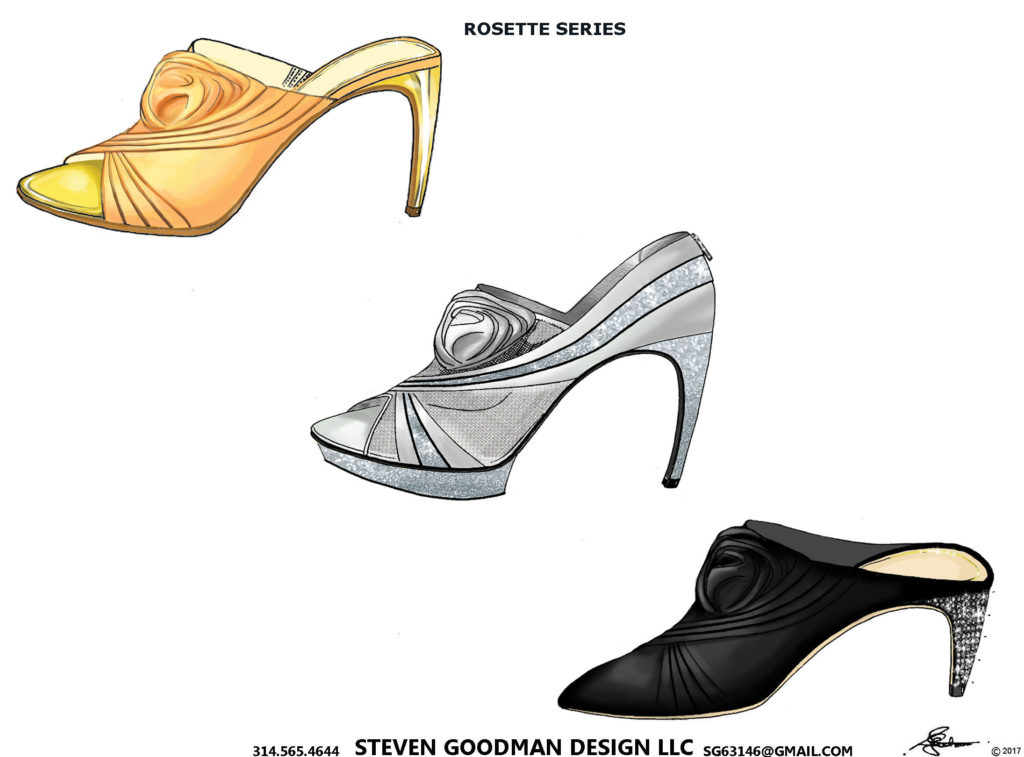
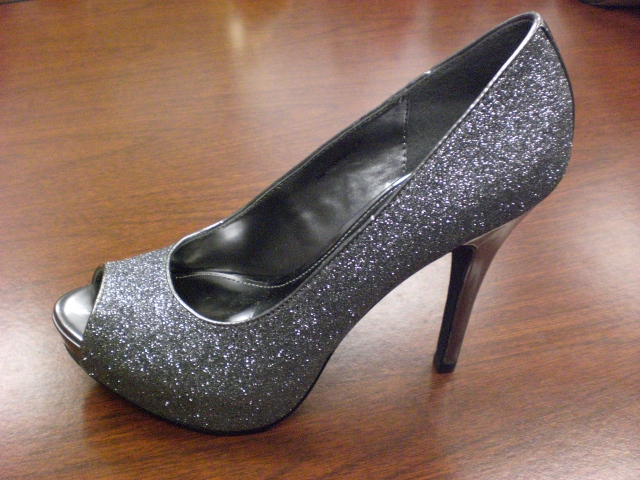
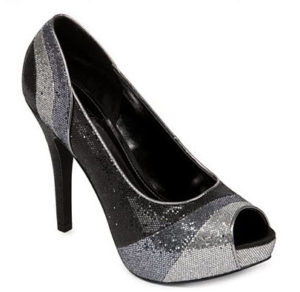
What steps did you take to become a designer?
SG: I learned various aspects of the business from shipping samples to sales to importing, pattern-making, manufacturing and worked my way “up the ladder” to greater roles/responsibilities. I had great mentors and associates along the way.
Best/Most Challenging part of your job?
SG: The best part of the job is seeing consumers embrace great execution in a big way. The most challenging is when there is an inadequate sense of urgency – for example: I have a 24 hour turn-around on my communications and execute/fulfill all projects/requests as soon as possible – as the longer things take, the less that gets accomplished. The faster things get done the higher the morale – I prefer not to wait nor keeping others waiting . Also, discord or low morale among team members can be challenging ie criticizing associates or unrealistic expectations such as expecting sandals to sell in the North during winter!
If you weren’t a designer what would you be?
SG: I’d have several options: a “Techie”, Elder Aide/Advocate, Preventative Drug Educator to youths and/or Philanthropist.
How did you get started in design?
SG: My Grandfather was both a merchandise manager for a national shoe chain and a domestic shoe factory co-owner – while my Dad was an amazing sales representative, manager and marketer to the volume shoe business. This provided a platform where I could develop my drawing and creative skills and begin to design new products during my apprenticeship.
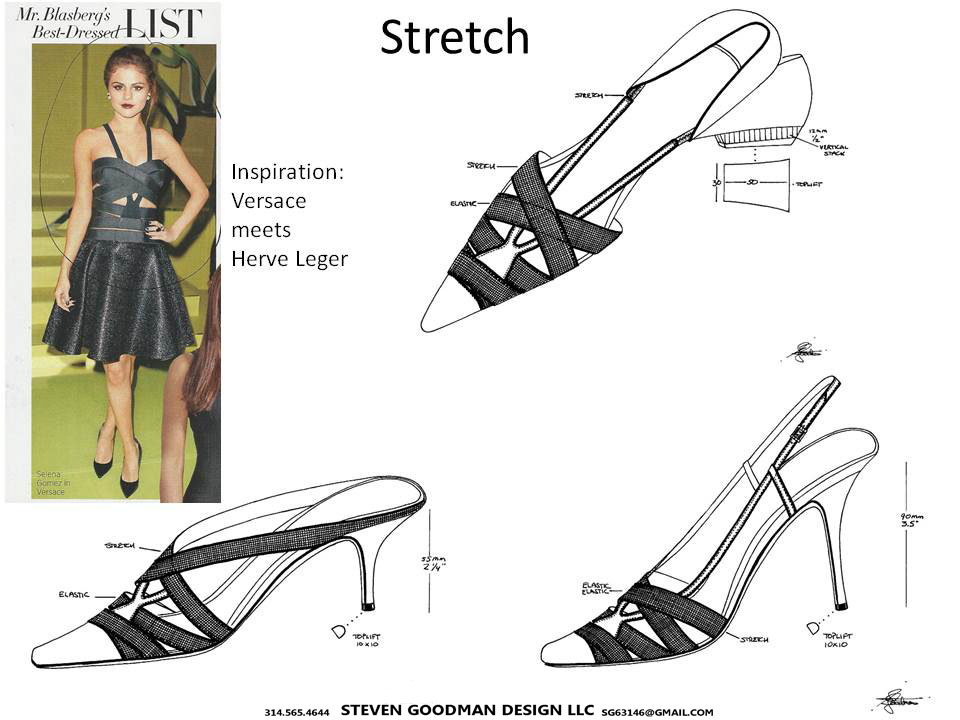
What do you like about what you do?
SG: Finding the hidden or not so obvious design elements from a field/category/product other than footwear – cross-pollinating them, and bringing them to life in footwear that looks great and sells well. I love seeing my work at retail and people wearing and enjoying them.
What’s a common misconception people have about what you do?
SG: One might tend to think that a designer doesn’t or needn’t have any business sense or responsibility (other than design) or enough process discipline. You can still have adequate design freedoms within the guidelines you are working in – but your work still has to sell and meet the groups criteria.
Where do you see yourself in 10 years?
SG: Heading up a successful design team.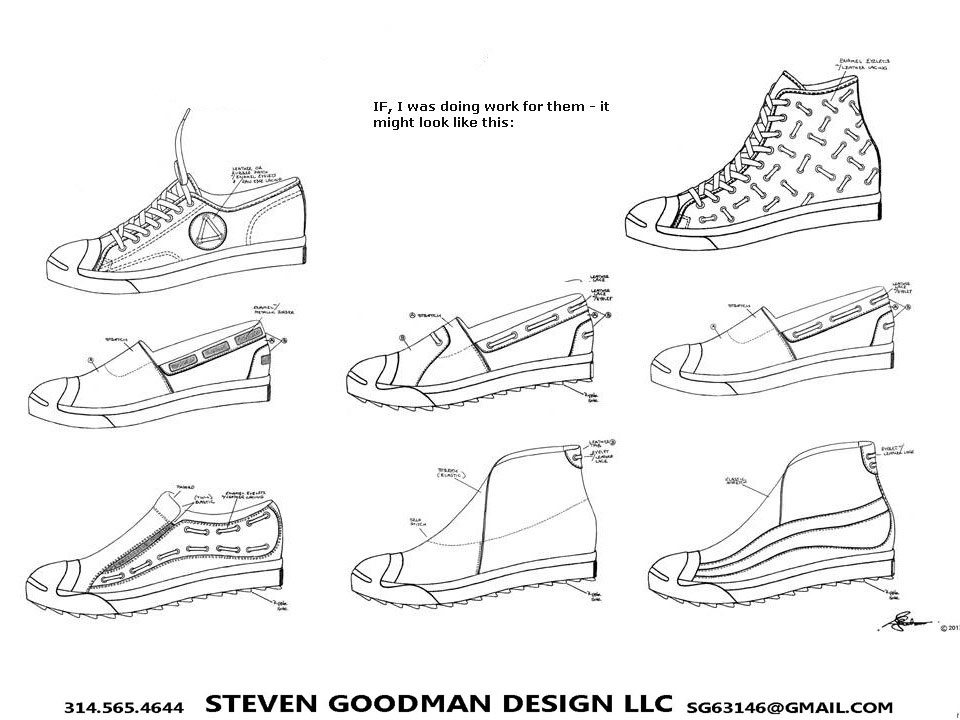
What sparked your interest in design?
SG: It became a natural outlet for the imagination… it started while I was daydreaming and “doodling” in History class!
How has your work evolved since you began your career?
SG: I first started with the private label mass market footwear made in the USA and Romania, evolved into better grade branded product made in Italy and then returned to private label footwear from Brazil and China. I started in apprentice-type positions and then went into patternmaking, sales, line-building and then into official “design” positions although always designing along the way.
Are there any types of clothing/footwear/accessories that you avoid wearing?
SG: I avoid wearing anything uncomfortable for long periods of time!
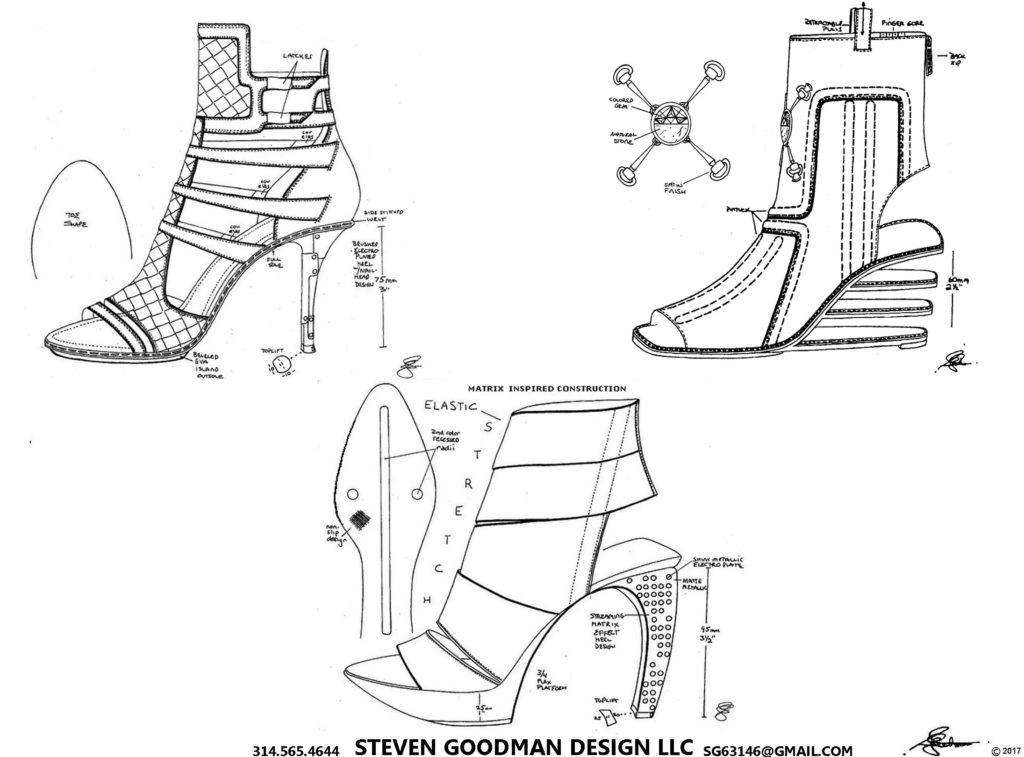
What are you fascinated by at the moment and how does it feed into your work?
SG: I find the Technical influence in fashion really interesting in terms of the creative use of molding techniques with plastics or rubbers – into unexpected shapes and colors as applied to dressy (for example) footwear. Another example of that would be using the lines of a circuit board to create electronic-like stitching or piecing patterns. The continued influence/use of hardware is still a great opportunity to come up with some fresh ideas. The key is the commercial application – depending on the brand and expectation. The element of surprise is always fun when some dis-related detail enters the footwear world.
What is the biggest lesson that you have learned since you started your career?
SG: Always reinforce a successful run or group and not go chasing something that might be better. Don’t be part of or justify unethical situations – handle them right away rather than to let the situation persist.
What advice would you give to young designers?
SG: Have a long term goal and along the way:
1) Have a purpose for every design ie is it just for your portfolio? what market is it for and when? what might be the expectations of those you are presenting it to? is it actually what they need or should have? ( and why – have some facts ready), is it Fashion/Seasonal (in and out) or longer lasting “Core” product? how are the margins,?
2) Determine your short term goals and benchmarks – methodically plan how you are going to get there. Decide when to compromise along your way to the bigger pictures and bigger wins while learning as many aspects of the business as possible so that your design/product arrives and is successful in the marketplace. Your actions should align to these.
3) Be flexible – allow others to contribute to your design if indeed it will make it better/help it sell well. This strengthens the team, but at some point: “you have to name the baby before it gets to college” – continual change of the product will not work either. Along with this is “constructive criticism” it can both be constructive or destructive. Don’t react, but think it over – often it leads to improvement. If you still feel worse from the criticism, then you’ll know it it was ill-intended. This also includes avoiding email or texting wars….don’t be reactive.
4) Before taking action, evaluate the data you receive: is it fact or opinion, is the source reliable and/or have the successful experience or authorization in that area?
5) Respect and be willing to help others – it takes teams to help each other achieve one’s goals!!
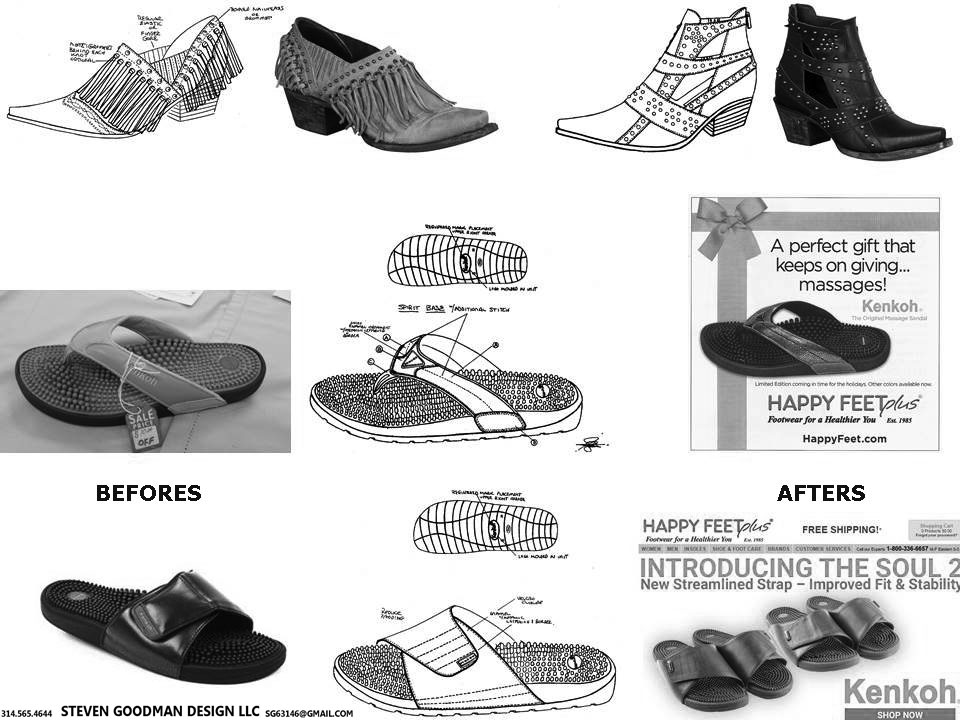
What would you like to achieve before the end of the year?
SG: Achieving success as a Senior Footwear Designer and/or Footwear Design Director with a great team for an internationally recognized brand.
Are you superstitious or do you have any rules you live by?
SG:
- Always do the best that you can
- Strive to create positive effects on others
- Ensure ones actions have a purpose and align with their short and long-term goals
- Take responsibility (not blame) for any situation one is in.
What’s your motto?
SG: If you don’t quit, you can’t fail excuses are excuses!
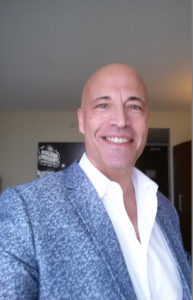 I am a highly experienced Senior Footwear Designer with a 30 + year successful record of designing, developing and bringing to market fashion right nationally branded and private label product – that meets or exceeds the expectations of consumers and associates. My goal is to uplift consumers and associates through the sharing of and thoughtful execution of great and timely aesthetic products!
I am a highly experienced Senior Footwear Designer with a 30 + year successful record of designing, developing and bringing to market fashion right nationally branded and private label product – that meets or exceeds the expectations of consumers and associates. My goal is to uplift consumers and associates through the sharing of and thoughtful execution of great and timely aesthetic products!
Learn more about Steven here: http://styleportfolios.com/portfolio/SG63146/
